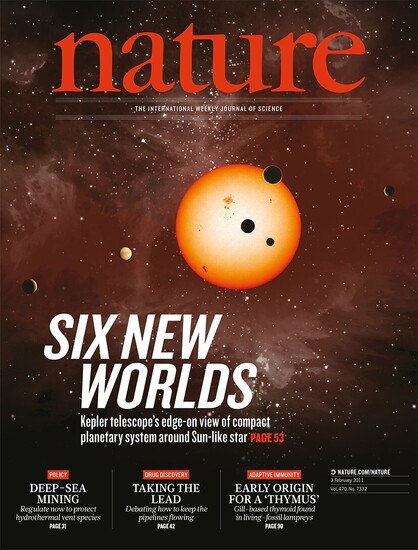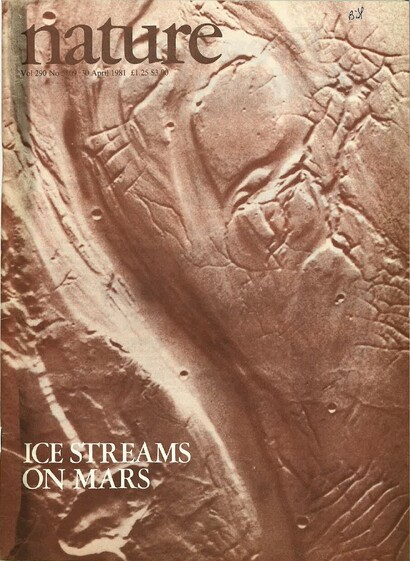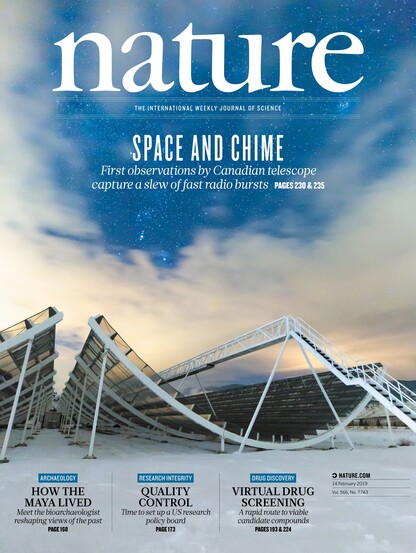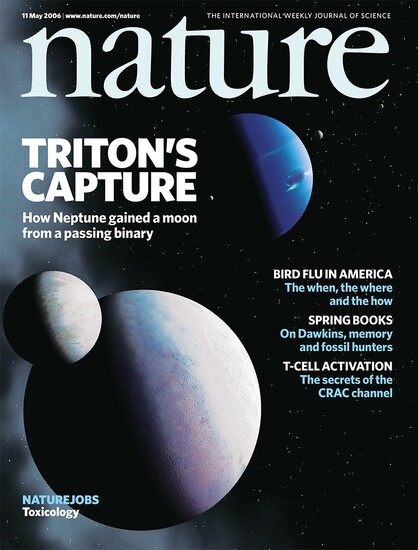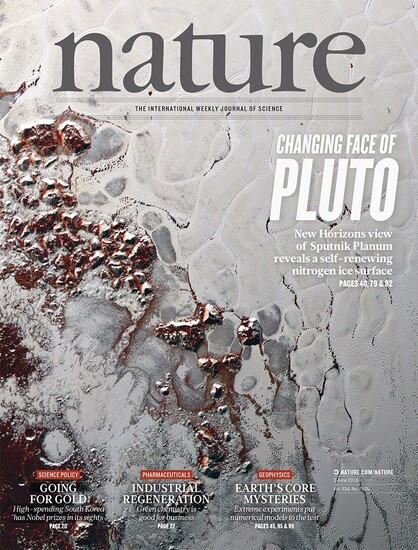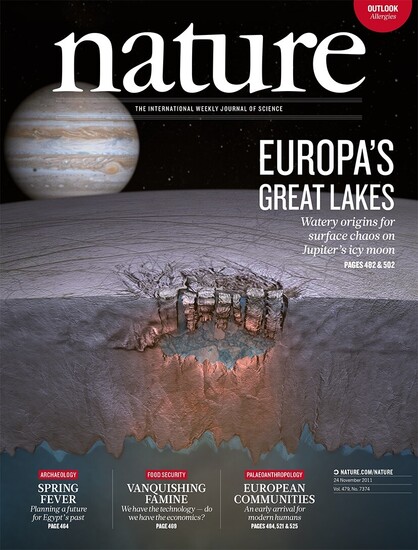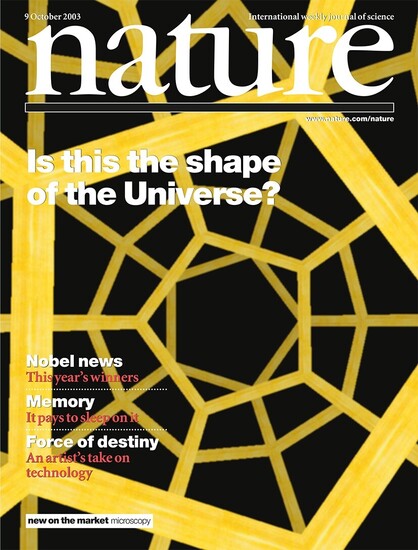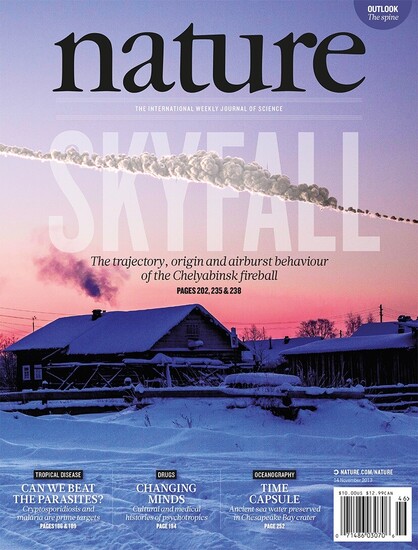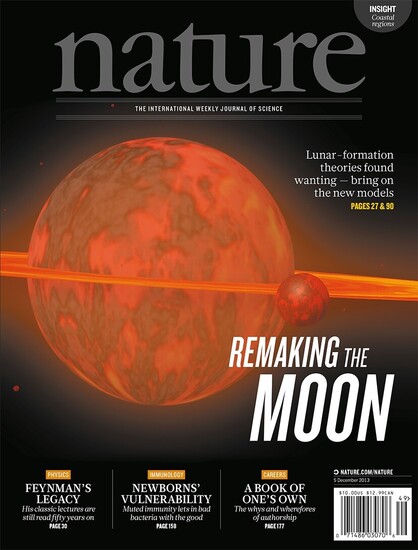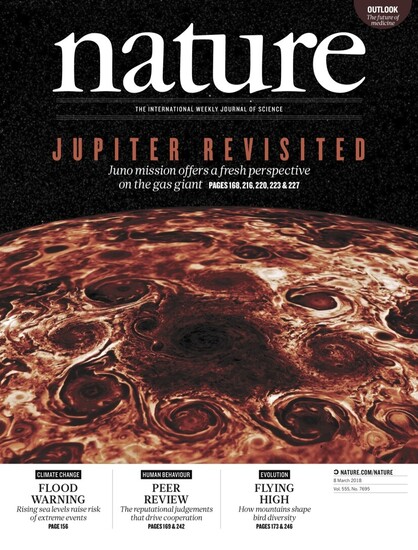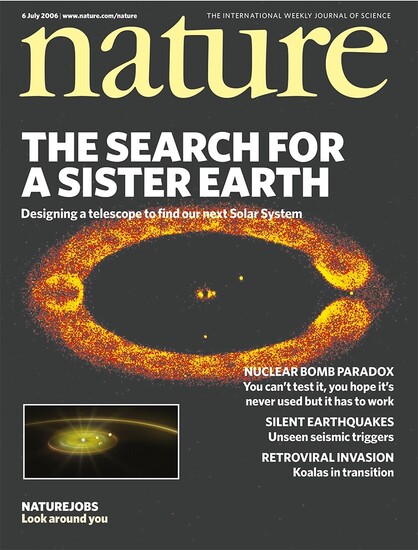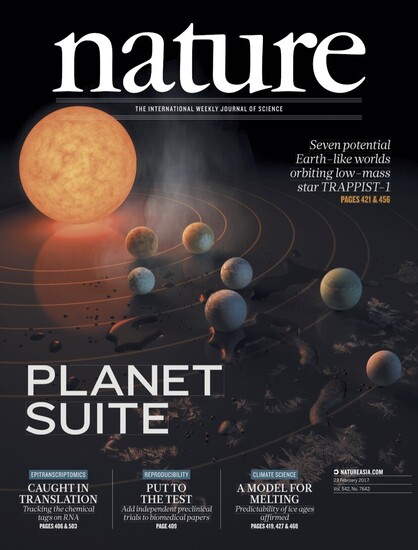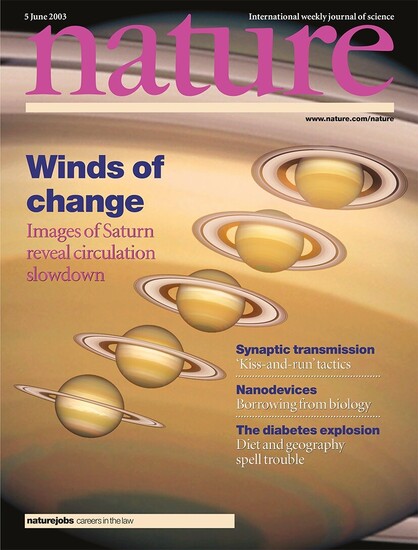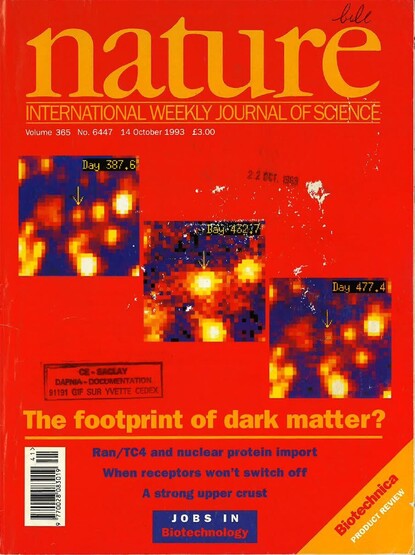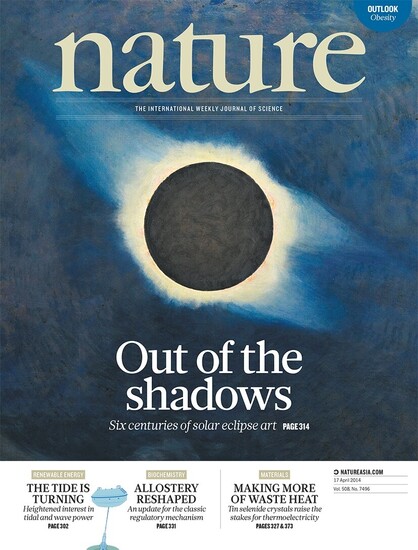Nice talk by Dr. Nigar Shaji at IUCAA with first look at proposed ExoWorlds space telescope at L2 and Mars Landing Mission (MLM) EDL profile with Skycrane based approach to lower rover.
Nature Journal astronomy covers appreciation post
Six New Worlds (2011)
NASA's Kepler mission has hit the jackpot with the discovery of a six-planet system orbiting a Sun-like star now named Kepler-11
https://nature.com/nature/volumes/470/issues/7332
#universe #exoplanets #exoworlds #astronomy #astrophysics #astrodon #nature #cover #covers #naturecovers #space #science #research #nasa #kepler #nasakepler
Forschungsziele für James Webb: Wieder Namen für Exoplaneten und Sterne gesucht
Farewell, Kepler. You found strange new exo-worlds and boldly saw what no man has seen before.
#Space #Telescopes #KeplerTelescope #ExoWorlds #Worlds #Exploration
http://www.planetary.org/blogs/jason-davis/farewell-kepler.html


